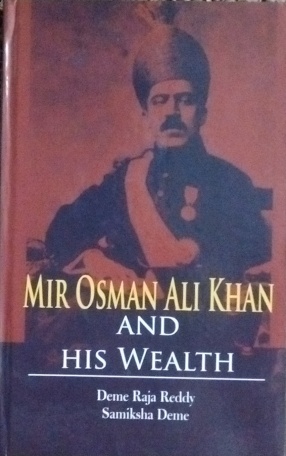
Showing all 7 books

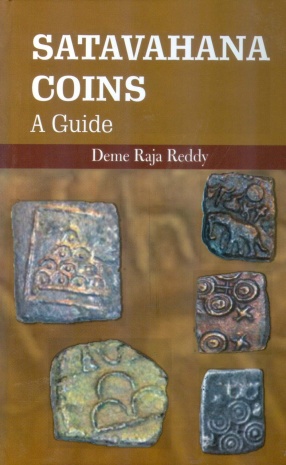
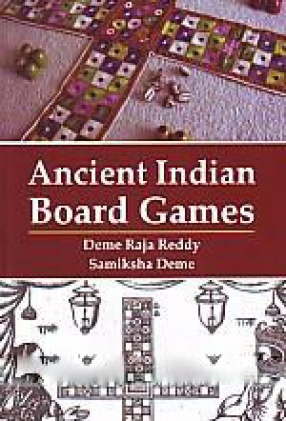


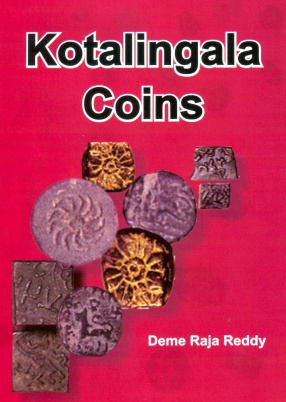
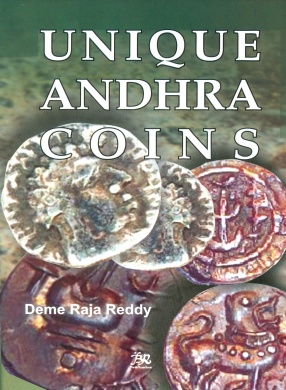

Mir Osman Ali Khan, Asaf Jah VII (1886-1967 AD) ruled the erstwhile princely state of Hyderabad during the years 1911-1948 AD and was considered to be the richest person in the world. He was also estimated to be the sixth all time wealthiest man who ever lived on this planet. He was ruling over a state spread over 82698 square miles with a population of about 9.8 million on 1881 which increased to 18.6 million in 1951. Hyderabad state was mainly an agricultural ...

Satavahana was one of the most illustrious dynasties of ancient India who according to 'puranas' ruled over the Deccan and central India after the Mauryas, Sungas and Kanvas. It was indeed an indigenous dynasty that started from the Kotalingala on the banks of River Godavri in Telangana and revived the Vedic Indian culture. Stavahanas left behind great works of art such as those at famous Sanchi and Amaravati 'stupas' and rock cut temples in western India. During ...

The book is on some of the ancient Indian board games. It covers some well-known games of today including chess and pachisi (ludo), showing how these have been popular in India for long. It surveys the ancient temples and forts of India and some of the texts that show familiarity with the games—that is, how the games have been depicted on stones as well as in works. It looks into the evolution of the games, the way these were/are played and the regions they ...

Contents:
1 Introduction
2 Asaf Jahi Dynasty
3 Asaf Jahi Coinage
a Coins of Mir Qanaruddin-Asaf Jah I (1137-1162 AH/1724-1748 AD)
b Coins of Nasir Jung (1161-1164 Ah/Ah/1751-1752 AD) and Salabat Jung (1164-1175 Ah/1752-1762 AD)
c Coins of Nizam Ali Khan-Asaf Jah II (1175-1218 AH/1761-1803 AD) Chalni Coins
d The Coins of Sikandar Jah-Asaf Jah III (1218-1244 AH/1803-1829 AD)
e Coins of Nasir-ud-Daula-Asaf Jah IV (1244-1273 AH/1829-1857 AD)
f The Coins of ...

The coins issued by Indo-Greek rules have proved to an invaluable source for the reconstruction of the political history of the North-West India of ancient times. The other source materials of the period such as literary works and inscriptions are very meager and whatever is known about those kings is mostly derived from their unique coins. The Indo-Greek rulers were very innovative and issued bilingual coins which have a special niche in Indian coins since they ...

The discovery of Kotalingala coins in 1978 is considered as a very significant event in Andhra numismatics. The coins found at Kotalingala brought to light the names of many unknown Pre-Satavahana kings. The coins of Chimuka, the founder of the illustrious dynasty of Satavahana were discovered for the first time at Kotalingala. The book describes the staggering variety of coins which surfaced at Kotalingala and their significance to early Andhra history".

The Andhra coins are unique among Indian coins in three important aspects. They were the first rulers to issue coins made exclusively of lead since the earliest times and this almost lasted for thousand years. High officials of the ruling dynasty with such titles as Mahatalavara, Maharathi and Mahasenapathi issuing coins was another feature of Andhra rulers. They were one of the first kings in the country to issue coins in their names and Gobhada was the first ...
